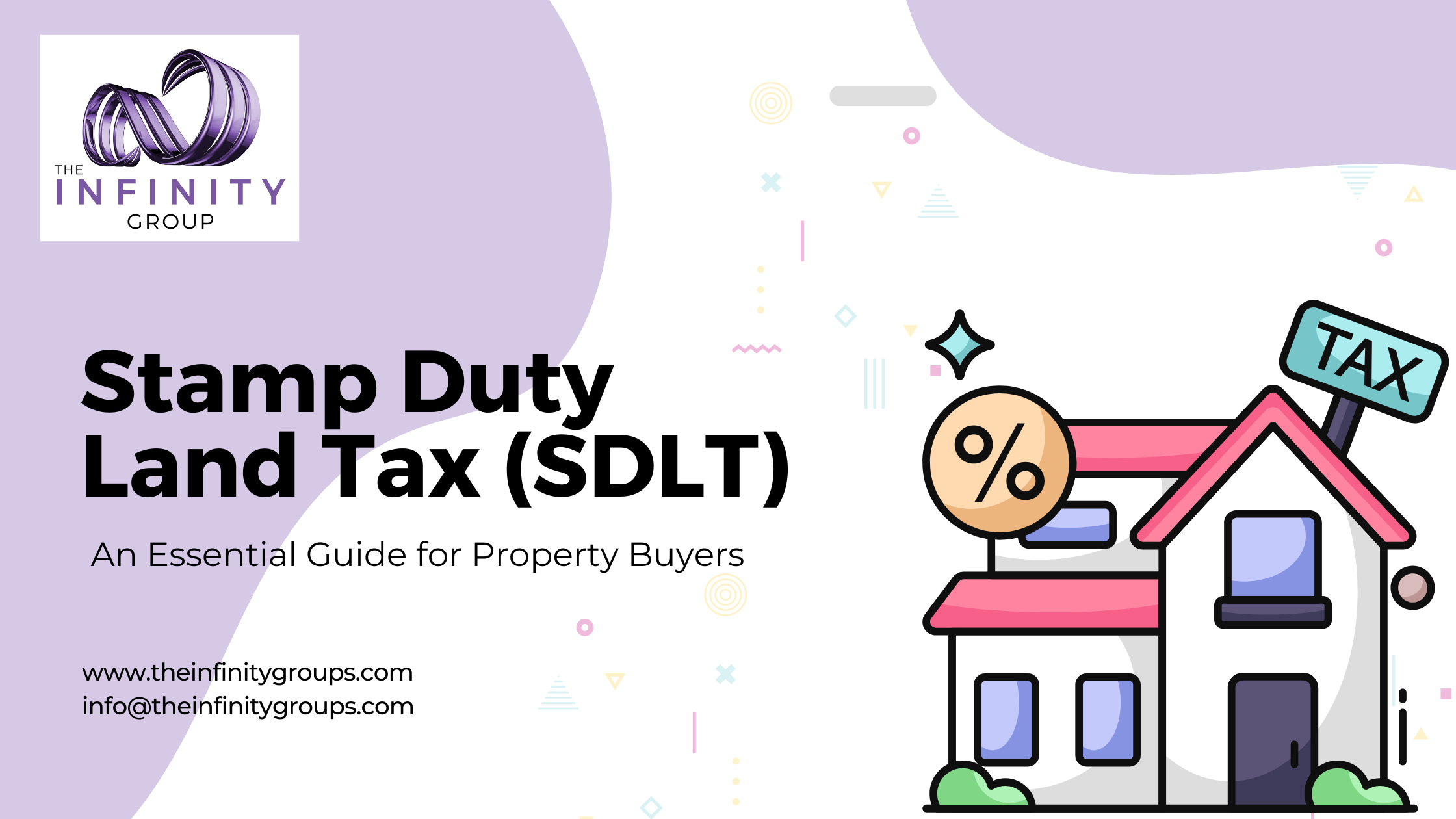Introduction to Stamp Duty Land Tax (SDLT)
Stamp Duty Land Tax (SDLT) is a critical financial consideration for anyone purchasing property in England or Northern Ireland. This tax is levied on property purchases above a certain threshold, significantly affecting the overall cost of buying a home. Understanding stamp duty is essential for prospective property owners, as it influences budgeting and decision-making processes.
Recent Changes in Stamp Duty
The landscape of stamp duty underwent a significant revision on 23rd September 2022, introducing new thresholds and exemptions aimed at making property ownership more accessible. These changes, set against the backdrop of the government’s Autumn 2022 budget, highlight the dynamic nature of property taxation and the importance of staying informed.
Understanding the Stamp Duty Thresholds
For general property purchases, the current threshold exempts buyers from stamp duty on the first £250,000 of the property’s value. First-time buyers enjoy even greater relief, with no stamp duty payable on the first £425,000. These thresholds play a pivotal role in financial planning for property purchases.
Differences in Stamp Duty Across the UK
The stamp duty landscape varies significantly across the UK, with Scotland and Wales imposing their own taxes: LBTT and LTT, respectively. These differences underscore the importance of regional knowledge in property taxation.
Calculating Your Stamp Duty
Utilising stamp duty calculators can simplify the complex process of determining the tax owed. These tools consider various factors, including property value, buyer status, and additional property ownership, providing a clear picture of potential tax obligations.
The Process of Paying Stamp Duty
Stamp duty must be paid within 14 days of completing a property purchase, typically facilitated by a conveyancing solicitor. Understanding this process helps ensure compliance and avoid penalties.
Stamp Duty for Different Types of Property Purchases
The stamp duty applicable varies depending on whether the property is a first home, an additional property, or if the buyer is a non-UK resident. Each scenario has distinct rules and exemptions, affecting the overall cost of purchasing property.
How Much is Stamp Duty in the UK?
Stamp duty rates in the UK range from 0% to 16%, depending on the property’s purchase price and the buyer’s circumstances. This tiered system reflects the government’s efforts to tailor the tax burden according to individual financial situations.
Strategies to Minimise Stamp Duty
While stamp duty constitutes a significant expense, there are legal strategies to potentially reduce the amount payable. Awareness of these options can lead to substantial savings.
Conclusion
Stamp Duty Land Tax (SDLT) is a complex but unavoidable aspect of purchasing property in the UK. With recent changes and regional differences, understanding SDLT is more important than ever for buyers. By staying informed and utilising available resources like stamp duty calculators, property buyers can navigate these waters more effectively, ensuring they are prepared for this significant financial commitment.

